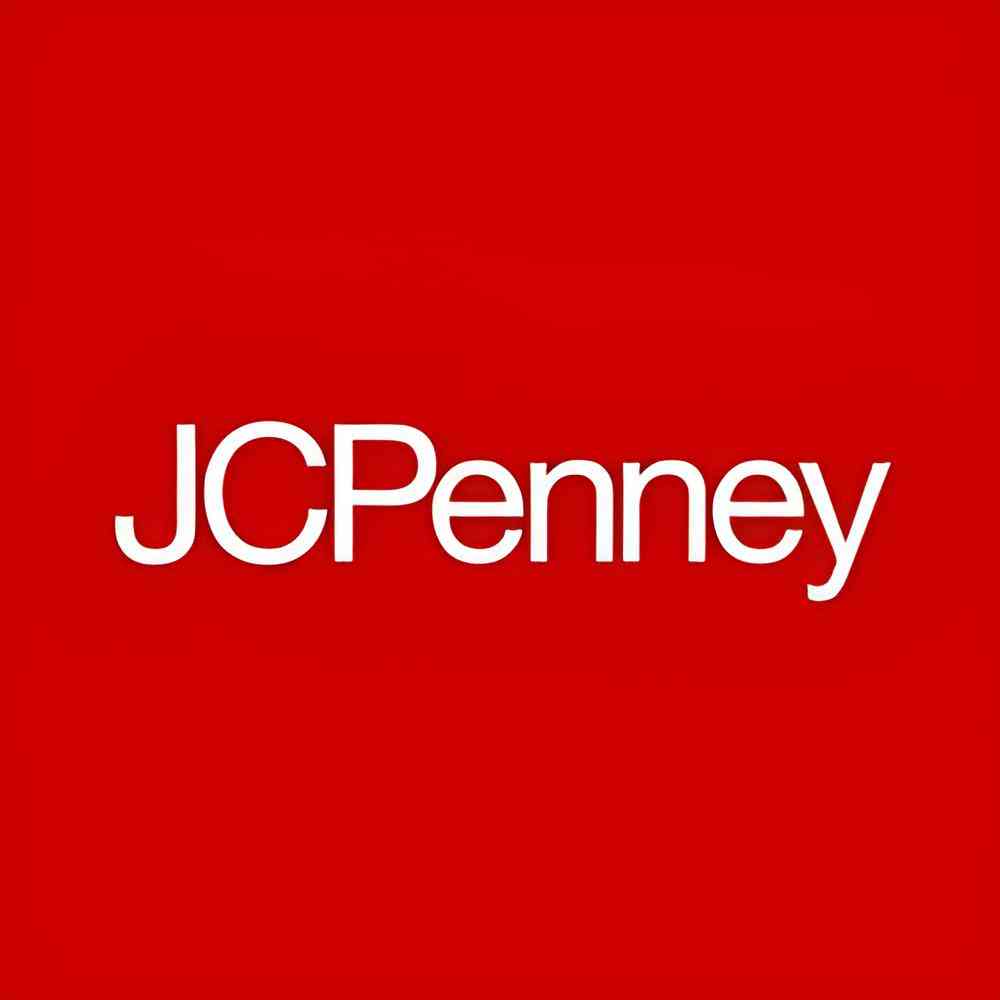JCPenney, a 123-year-old American retail titan, stands as a testament to endurance in a landscape battered by e-commerce giants and shifting consumer tides. Founded in 1902 by James Cash Penney in Kemmerer, Wyoming, as the Golden Rule Store, it began as a humble dry goods shop serving miners with fair prices and honest service. By 1913, renamed J.C. Penney Company, it had 34 stores; by 1929, it boasted 1,300, anchoring Main Street America with apparel, home goods, and jewelry. Its 1963 catalog and 1958 credit plans revolutionized shopping, while a 1970s peak saw 2,053 stores, including pharmacies via Thrift Drug. By October 2025, JCPenney operates 650 stores across the U.S. and Puerto Rico, employs 60,000 under the Catalyst Brands umbrella, and navigates a retail maelstrom with a $1 billion reinvestment to blend nostalgia with modern flair. Headquartered in Plano, Texas, it remains a household name, though its $6.6 billion revenue in fiscal 2024 reflects an 8.4% drop from 2023, underscoring fierce competition.Penney’s early growth was meteoric, fueled by a “customer-first” ethos. Relocating to New York in 1914, it went public in 1927, leveraging scale to offer value. The 1980s brought designer cachet with Halston and Mary McFadden, but the 2000s ushered in challenges. Revenue peaked at $18 billion in 2010, only to plummet as malls waned and Amazon surged. A disastrous 2011-2013 stint under CEO Ron Johnson, who axed discounts for an upscale pivot, tanked sales 25% and eroded loyalty. The 2020 pandemic pushed JCPenney into Chapter 11 bankruptcy, closing 200 stores and slashing jobs. Emerging in December 2020 under Simon Property Group and Brookfield, it shed 846 stores since 2010, focusing on leaner footprints and digital growth.In January 2025, JCPenney merged with SPARC Group—parent to Aéropostale, Brooks Brothers, and others—forming Catalyst Brands, a $9 billion powerhouse with 1,800 stores. This merger pools private labels like Arizona and Liz Claiborne, enhancing scale. Yet, restructuring bites: in July 2025, 119 stores were sold to Onyx Partners for $947 million, all still operational, while seven others closed by May, including Westminster Mall’s 51-year anchor. A warehouse shuttering cut 300 jobs, reflecting lease pressures and a 30% mall vacancy rate. JCPenney insists no mass closures loom, emphasizing 650 stores and a robust jcpenney.com.Reinvention defines 2025. The “Yes, JCPenney!” campaign, led by CMO Marisa Thalberg, repositions it as inclusive and youthful, earning USA Today’s “Best Department Store” nod. Partnerships dazzle: Forever 21 targets Gen Z, while Bob Mackie’s 2025 collection (under $300, sizes 2-24) and Rebecca Minkoff’s dresses add glamour. Inclusivity shines with Ashley Graham’s plus-size line and Jamey Perry’s adaptive apparel for disabilities, both launched 2024-2025. Beauty aisles mimic Sephora’s allure, though store upkeep lags, per RetailDive. A $1 billion investment through 2025 revamps stores with brighter lighting and revives e-commerce, with digital sales up 20%. FirstDirect’s 5 million annual transactions and AR try-ons compete with Walmart. Marketing—featuring a thriller-style ad with Graham and Shaq’s “Really Big Deals” on Amazon’s NFL streams—sparks buzz.Financially, JCPenney treads water. Fiscal 2024 revenue fell to $6.6 billion (-8.4%), but Q2 2025 hit $1.7 billion (+5% YoY), with 2% same-store growth. Catalyst Brands’ $1 billion liquidity fuels upgrades, but inflation, tariffs, and a 3.5% unemployment rate pinch margins. The Onyx deal monetizes real estate, and Copper Property Trust unloads assets post-bankruptcy. Analysts like Neil Saunders see stability but question brand clarity amid cluttered stores. Foot traffic and searches rise, per Forbes, driven by value-seekers in a 2.8% inflation climate.Operationally, JCPenney leans on heritage: apparel (50% of sales) includes Stafford suits and Worthington blouses, complemented by home goods (bedding, KitchenAid) and jewelry. Salons in 800 stores offer affordable styling, while private labels like St. John’s Bay drive margins. E-commerce, with Click & Collect, accounts for 15% of sales. Supply chains, anchored by 12 distribution centers, face freight cost hikes but leverage AI for inventory. Sustainability efforts—10% recycled packaging by 2025—and community grants for schools bolster ESG, though Scope 3 emissions lag peers.Leadership blends grit and vision. CEO Marc Rosen, since 2021, drives “Winning the Customer,” targeting $8 billion revenue by 2027. CFO John Welling, ex-Walmart, tightens costs, while Thalberg’s marketing pivots youthward. The board, with SPARC’s Marc Mastronardi, balances retail and real estate expertise. Challenges persist: a 2013 brand dilution haunts, and 2020’s bankruptcy stigma lingers. Yet, DEI strides—40% female leadership—and veteran hiring earn nods. Amid polarized retail, JCPenney’s neutral stance and $50 million in community aid resonate.JCPenney’s legacy is America’s middle-class mirror. From funding small-town dreams to outfitting generations, it’s more than a store—it’s a ritual. In 2025, as Amazon commands 40% of e-commerce, JCPenney’s 650 stores and revamped site fight for relevance. With Catalyst Brands’ muscle, Mackie’s sparkle, and a nod to Penney’s Golden Rule, it whispers: value endures, style evolves, and JCPenney persists—one deal, one dress, one dream at a time.


